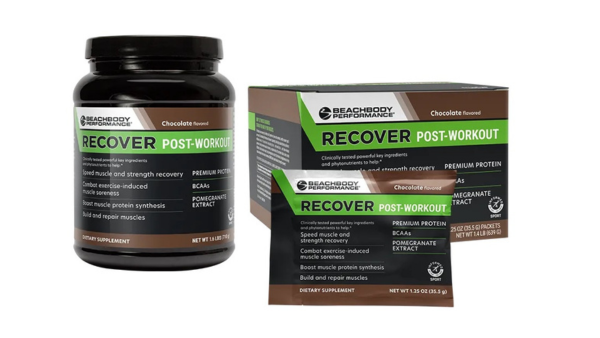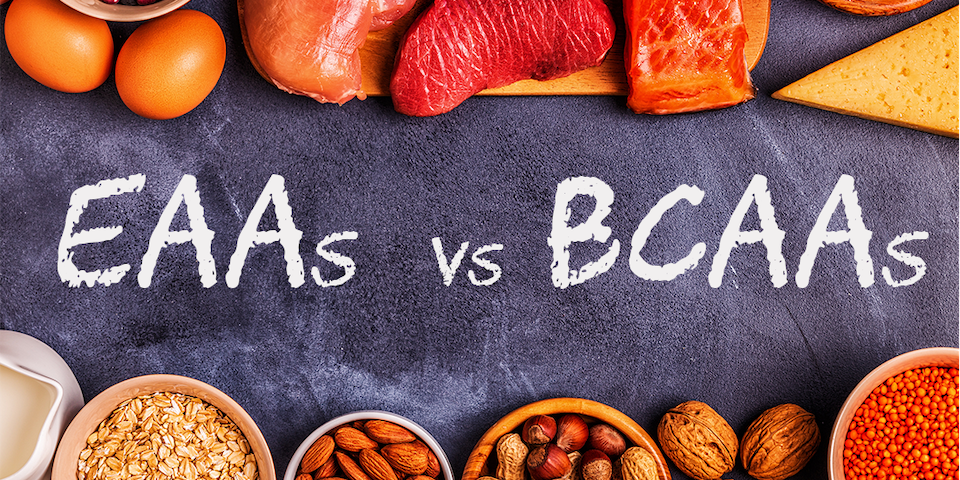Over the years, athletes have turned to branched-chain amino acids (BCAAs) to aid in muscle recovery and growth. However, recent research suggests that essential amino acids (EAAs) may offer more benefits than BCAAs.
This shift in understanding has raised questions about the differences between EAAs and BCAAs, their effectiveness, and their impact on muscle building. To shed light on this topic, we spoke with Paul Falcone, principal scientist at BODi, to get his insights on the matter.
Understanding the Distinction Between BCAAs and EAAs

EAAs and BCAAs are types of amino acids that are essential for protein synthesis, which is crucial for tissue repair and growth. While BCAAs are a subset of EAAs, recent studies have shown that certain amino acids, particularly leucine, play a more significant role in muscle protein synthesis.
According to Falcone, while valine and isoleucine are important for muscle development, it is leucine that primarily drives the process of protein synthesis.
Are EAAs Superior to BCAAs?
While BCAAs are a subset of EAAs, the latter offer a more comprehensive range of essential amino acids necessary for various bodily functions, including protein synthesis.
Choosing Between BCAAs and EAAs

Falcone recommends opting for a balanced EAA supplement that meets daily requirements and contains adequate leucine for optimal muscle tissue repair. Products like Beachbody Performance Recover provide a complete profile of EAAs needed for tissue maintenance.
While BCAAs can be taken separately, research suggests that combining them with other EAAs is more beneficial for muscle protein synthesis.
*Please note that these statements have not been evaluated by the Food and Drug Administration. This product is not intended to diagnose, treat, cure, or prevent any disease.
